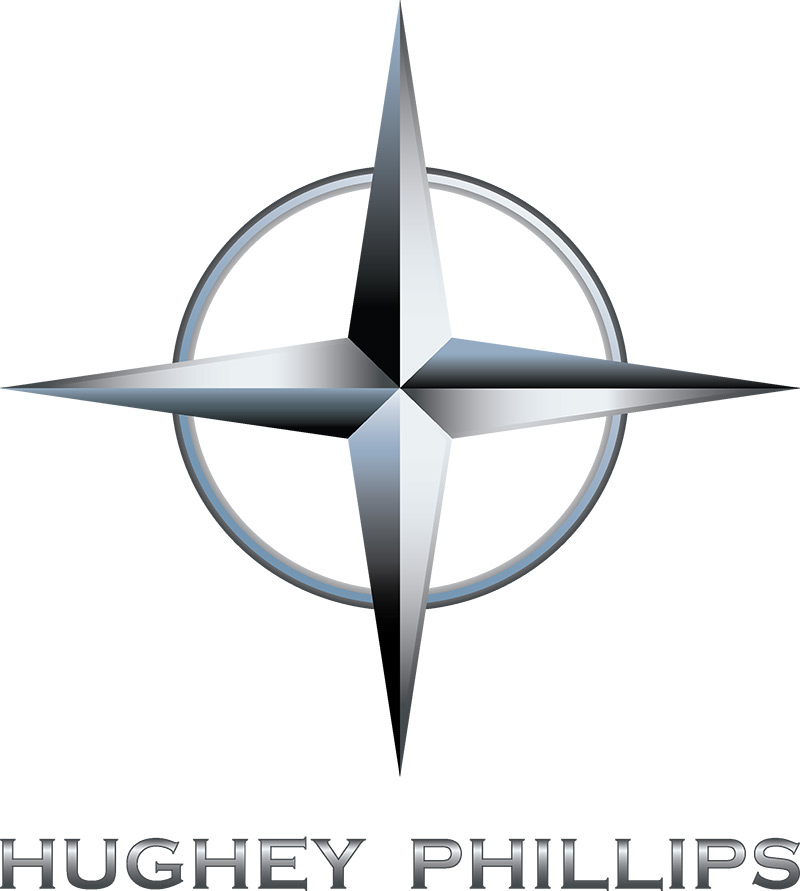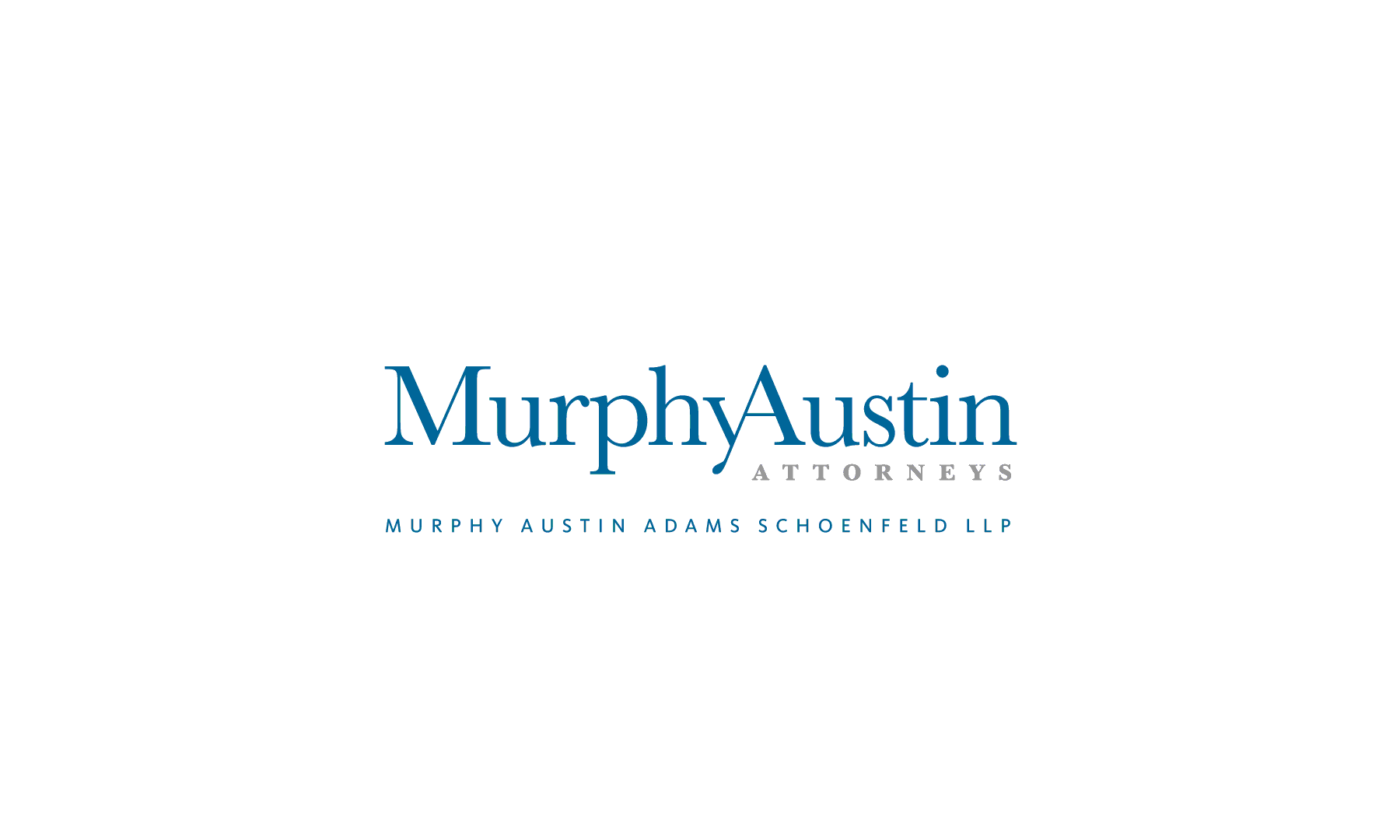By Crocker Staff
Wayne Thiebaud is turning 100 this year, and to celebrate Sacramento’s most renowned artist, we're presenting Wayne Thiebaud 100: Paintings, Prints, and Drawings, on display from October 11, 2020 – January 3, 2021.
Curated by the Museum's Associate Director and Chief Curator Scott A. Shields, the exhibition represents the artist’s achievements in all media, with pieces drawn from the Crocker’s holdings and the collections of the Thiebaud family and foundation — many of which, until now, have not been shown publicly.
The show will be complemented by a full-color catalogue by Shields. To prepare you for the show, here are some fun facts about the artist's early life and his relationship with the Crocker, sourced from the catalogue. Stay tuned for additional content about Thiebaud's life, work, and process. For a comprehensive understanding of the artist, pick up the catalogue at the Museum Store, beginning in October.
1. Much of what has made Wayne Thiebaud the artist he is today is traceable to Northern California and, more specifically, to the Sacramento region. Thiebaud first came to know the light, heat, agriculture, and middle-American ambiance of the latter in 1942, when Sacramento was much smaller and more rural.
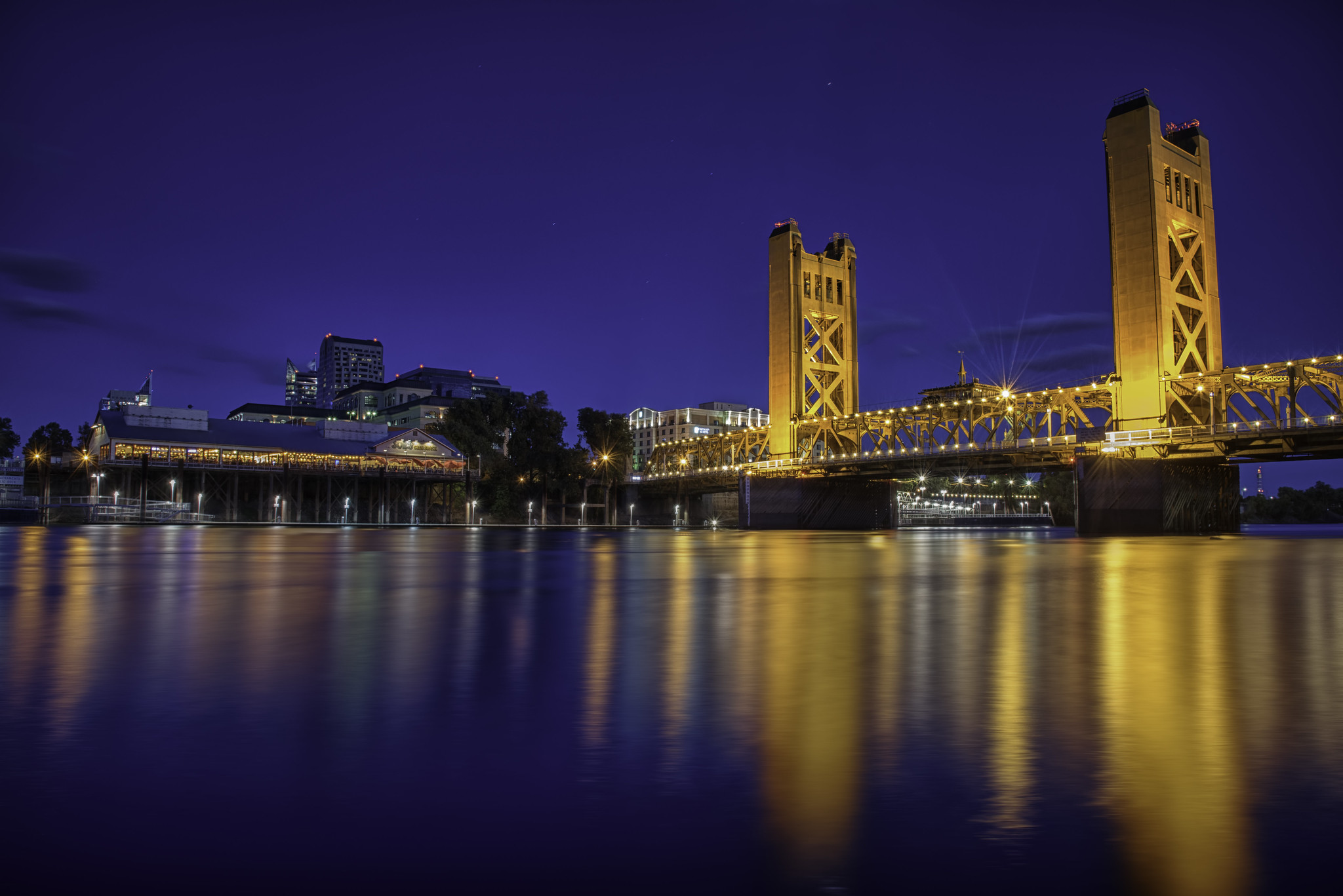
Much of what made Thiebaud the artist he is today is traceable to the Sacramento region.
Image: Tower Bridge by Latha B, via Flickr.
2. Thiebaud: “Grew up in Long Beach, and I sold papers on the beach, was a lifeguard in high school. So the beach was, and is, very much a part of my memory and my actual experience.” Another one of his jobs was at Mile High and Red Hot, a café known for its stacked ice-cream cones and hot dogs. There were also, Thiebaud remembers, “rows of pies.”
3. At 16, Thiebaud was pushed further into creative pursuits after breaking his back playing sports.
4. He later became involved in high-school theatrical productions, specifically creating scenery and working on the stage crew. One of his favorite responsibilities was to control the spotlight that followed the actors, which sparked an interest in halation, as the light of the spot ringed with spectral hues. A similar spotlight even falls on some of his subjects today, most recently, his circus folk, which you can see in the exhibition.
5. In the summer of 1936, Thiebaud worked as an apprentice in the animation department at Walt Disney Studios, serving as an “in-betweener,” the person who would render the frames connecting the more important images. He was there only three months before being fired for participating in union activities.

Thiebaud briefly worked in the animation department at Walt Disney Studios.
Image: Unknown Photographer, Walt Disney and his cartoon creation, "Mickey Mouse". Public Domain, via Wikipedia.
6. In 1938, Thiebaud
attended classes at the Frank Wiggins Trade School in Los Angeles,
learning skills in lettering/sign-painting, cartooning, and commercial
art. At first, the school’s teachers were reluctant to admit him as they
thought he was too young. They relented after seeing his sketches.
7. He also apprenticed as a sign painter/showcard illustrator at Sears, Roebuck and Company.
8. Firsthand painting experience came through working with artist Norman Hart, a plein-air painter and friend of his father’s, who had a framing and art shop in Long Beach. Hart took Thiebaud to Palm Springs to show him how to paint landscapes. Later, in Sacramento, Thiebaud tried to sell paintings out of his car.
9. After graduating from high school in 1938, Thiebaud worked a variety of jobs, including as a free-lance cartoonist and as an usher for movie theaters. He worked at the Rivoli in Long Beach, where he illustrated the occasional promotional poster. The hours he spent near the snack counter and in the lobby, which was decorated with promotional stills and movie placards, were impactful. Movie house food such as candy, soda, and popcorn have all featured prominently in his work since then, as have masks, show girls, ticket-sellers, and other theater-related subjects.
10. In 1940, Thiebaud enrolled at Long Beach Junior College (now Long Beach City College), but dropped out after an academic year, receiving credit only for athletics and a course in public speaking. He then enlisted in the United States Army Air Forces to become a pilot and was stationed at Mather Field (now Mather Air Force Base), southeast of Sacramento, beginning in 1942. He did not become a pilot but ended up working in the Special Services Division as graphic artist and cartoonist.
11. Thiebaud would go on to produce his own comic strip — “Aleck” — for Wing Tips, the Mather Field's newspaper, along with other illustration and design work both for the military.
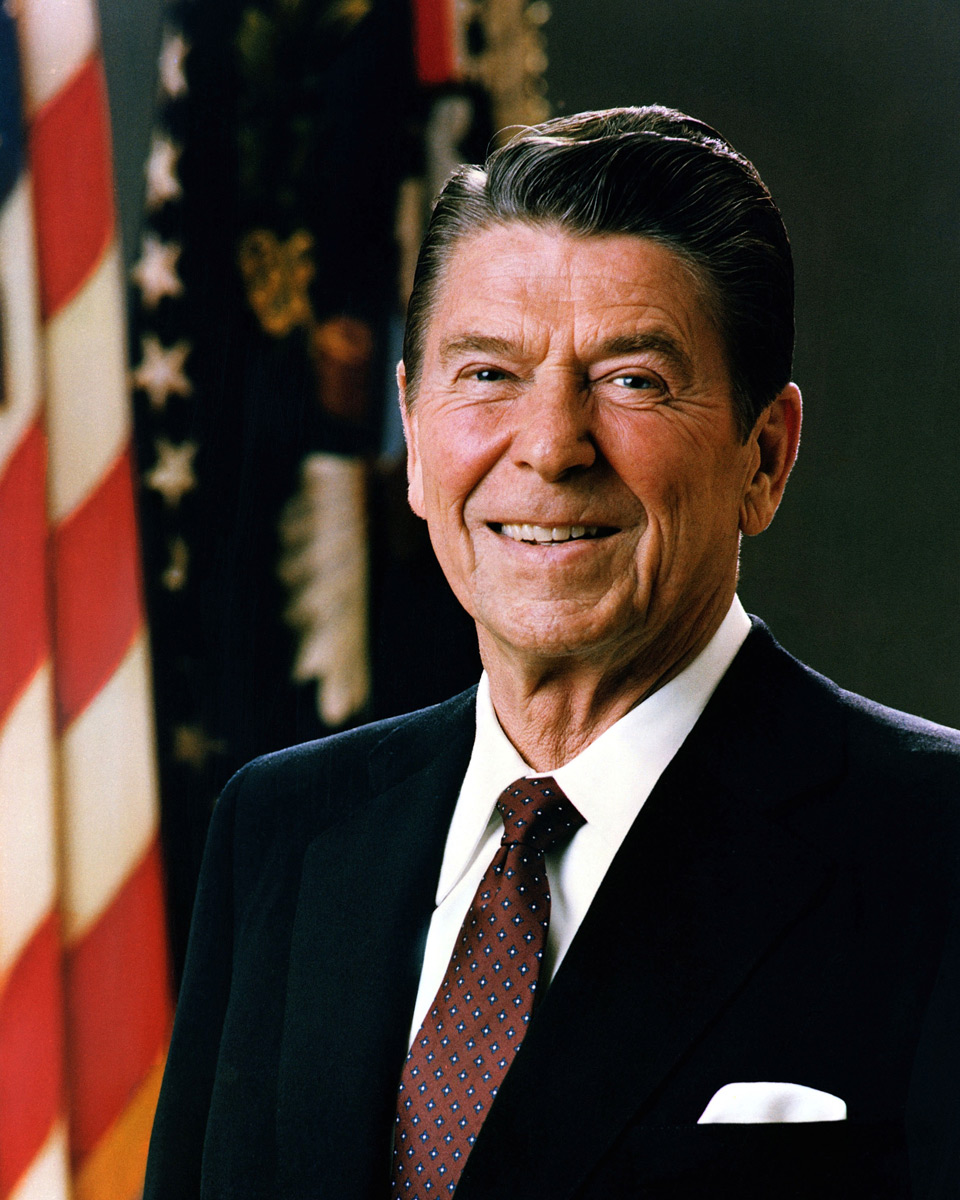
Thiebaud served in the military for several years, eventually working on training and propaganda films with Ronald Reagan.
Image: Official portrait of Ronald Reagan, 1981.
12. In 1945, the military transferred Thiebaud to Culver City, California. Prior to his departure, he exhibited at what was then the E. B. Crocker Art Gallery (now the Crocker Art Museum), submitting two works to the Kingsley Art Club’s 20th annual exhibit under his military title Sgt. Wayne Thiebaud. One work was an oil titled Grandpère, the other a watercolor called Put to Pasture.
13. Under commanding officer Ronald Reagan, Thiebaud helped make maps of Japan as well as training and propaganda films.
14. Thiebaud accepted a job at Rexall Drug Company in Los Angeles, working as a layout designer in advertising and as the illustrator of a cartoon strip for Rexall Magazine. The job honed his skills in perspective and foreshortening and helped him learn to reduce compositions to their essentials in order to best communicate a clear message.
15. Beyond his work experience, Thiebaud’s time at Rexall was pivotal because it was there that he met the liberal, intellectual artist Robert Mallary who, according to Thiebaud, introduced him to the “world of the mind.” Mallary encouraged Thiebaud to paint seriously, finish his education, and pursue fine art as a career.
16. In 1949, Thiebaud contributed again to the Kingsley Art Club’s annual exhibition at the Crocker, winning second prize for a work called City Patterns. He exhibited annually in Kingsley shows for most of the next 15 years, as it was one of the few consistent exhibition opportunities available in Sacramento after he resettled in the city in 1950.
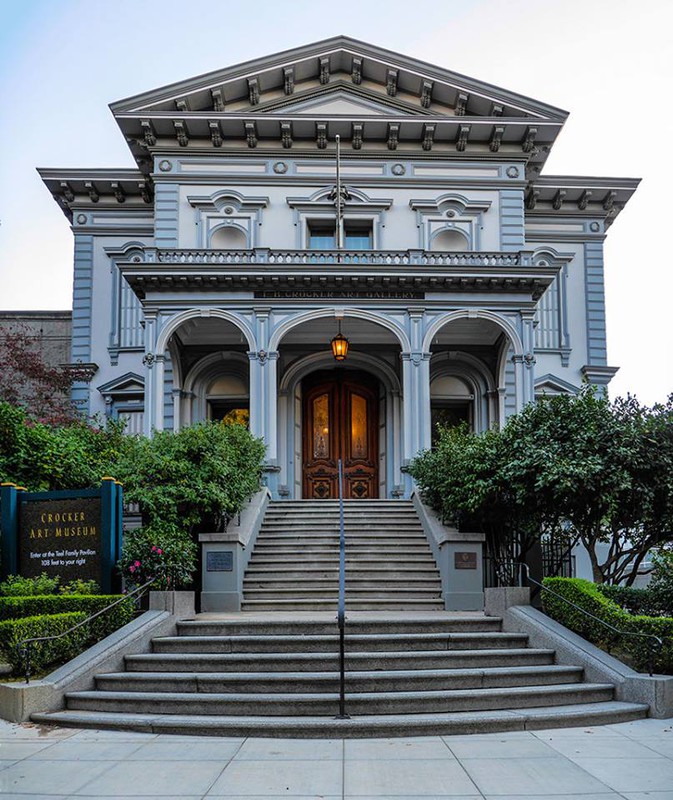
Thiebaud's first solo exhibition was at the Crocker in 1951. Since then, the Crocker has hosted a Wayne Thiebaud show every decade.
17. Thiebaud returned to Sacramento because he had developed a fondness for the area and because the art department at the newly founded Sacramento State College (today California State University, Sacramento) was encouraging.
18. That same year, while simultaneously attending graduate school at Sacramento State, Thiebaud began teaching at Sacramento Junior College (now Sacramento City College). The position stretched him, as he not only taught courses in drawing and painting but also in the history of art, often learning particulars of the latter just ahead of his students. The approach worked well enough that he later offered art-history courses in areas new to him, including pre-Columbian and Asian art. He also taught classes in television production and commercial art and oversaw the art club, stage productions, and yearbook.
19. One of his most significant accomplishments in 1951 was his solo exhibition at the E. B. Crocker Art Gallery: Influences on a Young Painter — Wayne Thiebaud , which opened in February. Audience favorites among the oil paintings included Pied Piper, a modern-day piper leading children out of the slums; The City, a “sparkling” interpretation of a jammed intersection; Warm Winter, an urban view after a snow storm; and The Bell, a synesthetic attempt to convey sound and motion.
20. During his many visits to the Crocker, Thiebaud was able to see important works of early California art on display, along with drawings and other works in storage. The latter was facilitated by his wife, who had a job at the Crocker as a gallery assistant and artwork cataloguer.
21. In 1956, he decided to take a year-long sabbatical in New York, where he could pursue his art, visit museums and galleries, and meet other artists he admired. Because the city was so expensive, he also worked for two advertising agencies there. At night, Thiebaud sometimes visited the Eighth Street Club and Cedar Tavern, the frequent haunts of top New York artists and critics. He became acquainted with both, including artists Willem and Elaine de Kooning, Franz Kline, and Barnett Newman, as well as art writers Harold Rosenberg, Clement Greenberg, Thomas Hess, and Leo Steinberg.

Thiebaud was influenced by Bay Area Figurative Figurative artists like Elmer Bischoff and Richard Diebenkorn.
Image: Elmer Nelson Bischoff (American, 1916–1991), Group of Houses, 1961. Oil on canvas, 56 3/4 in. x 58 1/4 in. Crocker Art Museum Purchase.
22. Other defining moments came in 1957, after Thiebaud returned to California. That September, Thiebaud opened another solo show at the Crocker Art Gallery: Thiebaud — Recent Works. That same month, the Oakland Art Museum (now Oakland Museum of California) opened its groundbreaking exhibition Contemporary Bay Area Figurative Painting, a show that Thiebaud went to see. This show celebrated artists reengaging with the visible world, which in California started with artist David Park, who disposed of his own Abstract Expressionist paintings and began adapting gestural brushwork to human figures and other subjects. Artists Elmer Bischoff, Richard Diebenkorn, and others ultimately followed suit, and the Oakland exhibition included work by these three artists and nine others. Thiebaud made sketches of some of the works on view, Bischoff’s and Diebenkorn’s paintings being especially impactful.
23. In 1958, he received an important commission from the Sacramento Municipal Utility District (SMUD) to create a mosaic mural for the exterior of its new, modernist headquarters. Having learned to compose on a grand scale by designing theater sets, he created Water City, which when finished would be fifteen feet high and 250 feet long, wrapping three sides of the building’s ground floor. The mural was recently cleaned and restored as part of a 2018–2019 renovation and rehabilitation of the building, which was added to the National Register of Historic Places in 2010.
24. In 1958, he divorced Patricia and in December of 1959 married Betty Jean Carr. That year he also accepted a position as assistant professor in the Department of Art at the University of California, Davis, and over the years taught alongside Tio Giambruni, William Wiley , Jane Garritson, Roy De Forest, Manuel Neri, Robert Arneson, Ruth Horsting, and Daniel Shapiro.
More than any other artist, Thiebaud has been instrumental in establishing the Sacramento region as an art center of international importance. "Wayne Thiebaud 100: Paintings, Prints, and Drawings" will feature works that have never been publicly displayed before and will be the largest Thiebaud exhibition ever held in the Sacramento region!
It takes many committed people to realize an exhibition of this scope and scale and we need your help! Click HERE to make a gift to honor this exceptional artist and help us share a true Sacramento treasure with the world. Your donation will not only make this exhibition possible, it will help ensure that the Museum can continue to offer exhibitions and programs that stimulate creativity and curiosity.
Top Image:
Wayne Thiebaud, Boston Cremes, 1962. Oil on canvas, 14 x 18 in. Crocker Art Museum Purchase, 1964.22. © 2019 Wayne Thiebaud / Licensed by VAGA at Artists Rights Society (ARS), NY.
Thank You Sponsors!
Thank you to the following Wayne Thiebaud 100: Paintings, Prints, and Drawings exhibition sponsors, as well as the many other supporters whose generous contributions made the exhibition — and many related programs — possible: Title sponsor Marcy Friedman; presenting sponsor Hughey Phillips, LLP; signature sponsor Joyce and Jim Teel; supporting sponsor Murphy Austin Adams Schoenfeld LLP.
